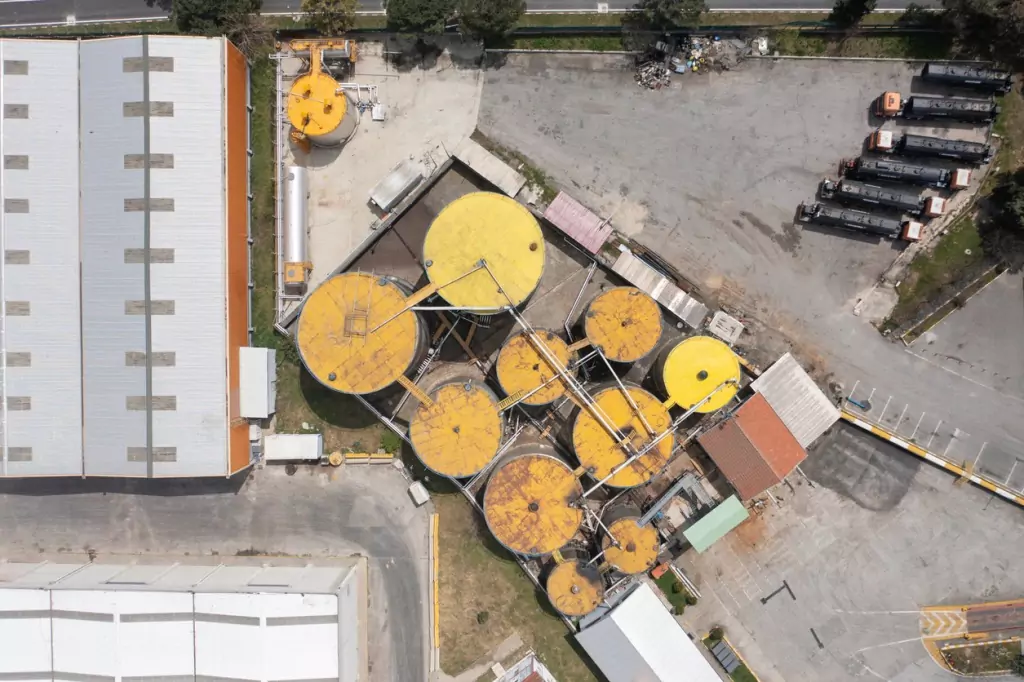
Heavy Duty Repairs: Maintaining Large Industrial Equipment

Did you know that 10 tons (or 20,000 pounds) of sand, gravel, and stone are mined annually for each person in the United States? Or that one mile of an interstate highway or a quarter of a mile of a four-lane road uses approximately 85,000 tons of aggregates?
The cement and gravel production industry relies heavily on robust and efficient machinery. These massive machines face immense wear and tear, from crushing and grinding equipment to conveyors, due to harsh operating conditions.
There are many challenges in cement and gravel production. Due to the constant contact with abrasive materials like rock, equipment can rapidly break down more than typical industry equipment in other manufacturing sectors. Exposure to dust, moisture, and chemicals can accelerate corrosion, weakening the structure of the equipment and reducing its lifespan. Many of these processing units operate at extremely high temperatures, subjecting components to thermal stress and potential distortion, and significant vibrations and shock loads can impact the alignment and stability of critical parts. Creating a daily, weekly, or monthly check-up schedule can help indicate a problem and make you aware of when it’s time to contact a repair service. But how helpful can these services be?
While we understand that many production sites are located in remote areas, ensuring maintenance and repair teams conduct regular inspections is imperative to maintaining this type of equipment. Highly skilled and well-trained technicians can diagnose and troubleshoot complex issues through regular visual checks and advanced diagnostic tools and technologies. Vibration monitoring provided by teams can detect early signs of misalignment or bearing wear, and lubrication of moving parts will minimize friction. Thermal imaging techniques can identify hotspots and areas of excessive heat, and regularly replacing critical components, such as belts, chains, and bearings, can significantly extend equipment lifespan and reduce the risk of unexpected breakdowns.
When issues have attacked imperative components such as servo motors, VFDs, and PLCs, you might need to call a company that works with internal parts for help. Reach out to Industrial Repair Service for our expertise in optimizing your operations and improving the performance of your equipment.
